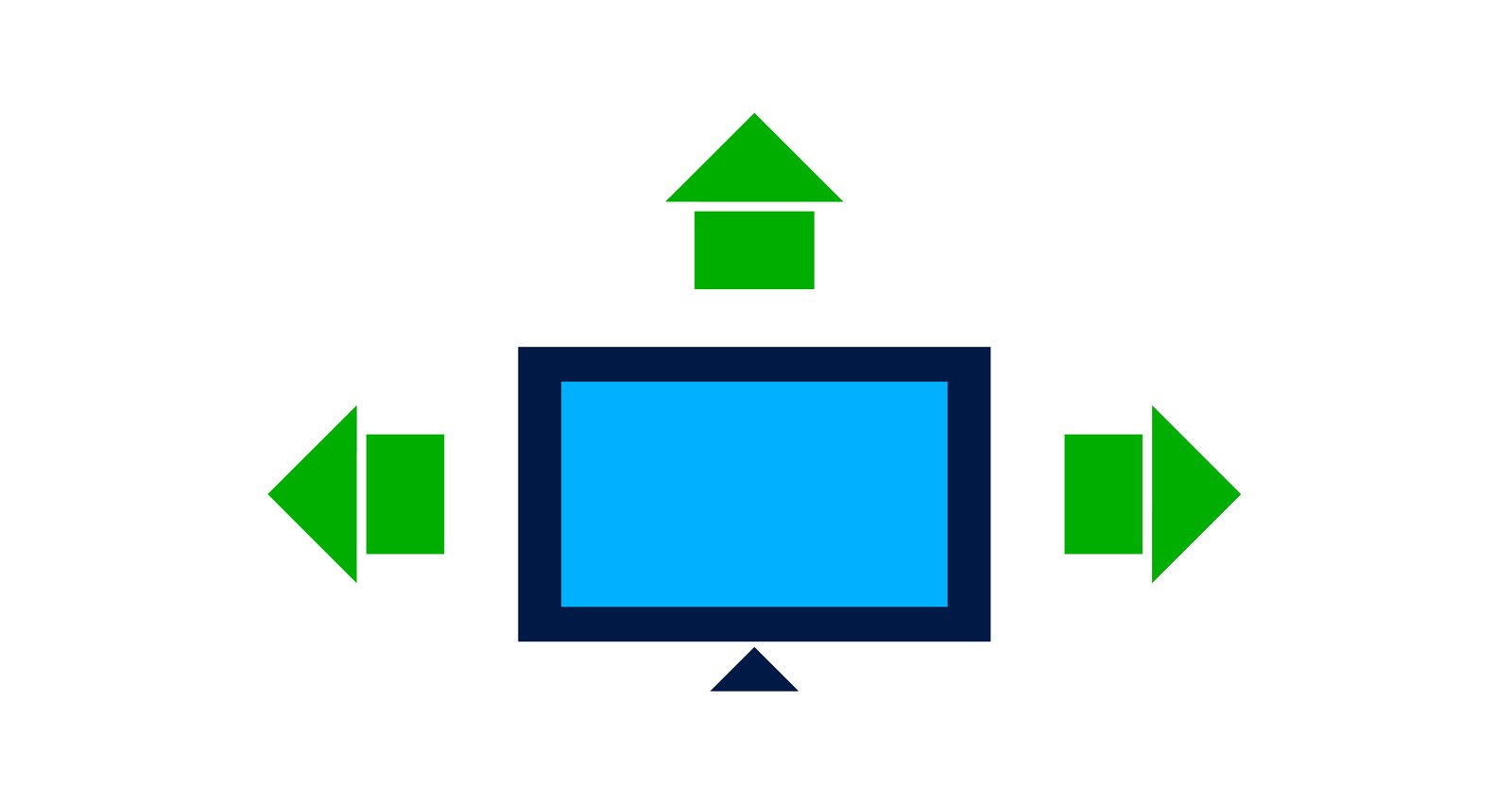There's a rumor going around that digital publishing is killing the agency model. Just google “agency is dead” and you'll see what I mean.
Brad Jakeman, the president of PepsiCo says, "The agency model is not going to bend — it's going to break." And he's just one of the pessimists asserting that today's digital landscape has made agencies obsolete.
The growth of digital marketing and communications has shaken things up. Offline marketing spend is way down. Large-scale investing in agencies for TV campaigns is no longer commonplace.
Traditional print agencies that don't adapt to the times and begin to offer digital services like content marketing and search engine optimization will certainly face challenges.
While it packs a punch to proclaim something is "dead," it's far more productive to focus on new opportunities the rise of digital has created for agencies — because there are many.
In this post, we're going to debunk the myth that digital publishing is a threat by identifying four key reasons why this mass shift is an opportunity for smart agencies to create new recurring revenue streams.
Reason 1: Lots of New Potential Clients are Emerging
While offline marketing spend spirals downward, online advertising and digital marketing campaigns have seen huge growth in the last five years, largely thanks to the widespread adoption of smartphones.
More robust targeting has led to better marketing ROI; thus, brands are incentivized to move away from offline. In fact, digital media already overtook its offline counterparts in 2013.
While it's tricky to pinpoint how much companies allocate to digital marketing — stats from Forrester, Deloitte, and Gartner all differ depending on the nature of the company — the trend is clear: as offline spending dwindles, digital marketing budgets are increasing.
According to Marketing Week, digital growth means overall marketing budgets are up, and digital ad budgets have increased for five continuous years.
Take Adidas, for example, with their powerful online presence. They recently decided to ditch TV ads entirely — a move consistent with the 7.8% drop in television advertising in the US last year (the steepest decline in 20 years).

And it's not only major brands that are starting to spend more on digital campaigns to reach their customers. SMBs that previously couldn’t run pricey TV or print ads can now inexpensively run online campaigns and earn an effective ROI.
So, what does this mean for agencies?
This rapid digital expansion creates a host of new challenges for brands. And agencies are perfectly positioned to provide much-needed assistance.
Big brands like Adidas don’t need TV because they're nailing social media. They use omnichannel marketing to target different segments of their audience and run tailored campaigns that appeal directly to the interests of each segment.
But in reality, many companies are simply unable to do this in-house. Vast amounts of content are required to reach consumer segments on multiple platforms and devices. And real expertise is needed to gather and interpret the data that makes these campaigns succeed — the kind of expertise agencies can provide.
Agencies that excel in omnichannel marketing, producing responsive online content, and making decisions based on data are well-positioned to gain new clients and new streams of recurring work in the digital age.
Reason 2: Producing and distributing content is hard work
This year, content marketing was touted as the most effective digital marketing strategy. Simultaneously, Statista predicts that digital publishing revenue in the U.S. will grow from $7.19 billion in 2016 to $8.88 billion in 2022.
In their 2018 report, Content Marketing Institute found that 91% of the 2,190 marketers surveyed used content marketing, with marketing departments spending the most money on content creation.
Additionally, a HubSpot survey found that B2B companies who blogged more than 11 times per month received almost 3x more traffic than those blogging 0-1 times per month, with content consumption increasing by 57% in the last two years.
It's clear and has been for years now, that content marketing is huge and isn't going away soon. But with online content demands growing at an ever-increasing pace, the biggest challenge for brands now is keeping up.
Producing quality content — brochures, blog posts, white papers, and more — is time-consuming. And in order to achieve a worthwhile ROI on this content, it needs to be effectively promoted and distributed.
More and more companies are choosing to outsource these activities to agency partners who specialize not only in content production, but who have established relationships with influencers and outlets by which they can create more brand awareness for their clients.
Agencies that specialize in digital publishing and have a proven track record of successfully driving exposure for their clients using online content distribution will continue to be highly sought after as the demand for online branded content continues to increase.
Reason 3: Agency expertise is needed to produce content that stands out
According to MicroFocus, 2017 saw an average of 293,000 Facebook status updates and 136,000 photos uploaded each minute. Instagram users posted 46,740 photos every minute, and users Tweeted 656 million tweets per day.
And on top of this, an (almost unfathomable) estimated 2.5 million blog posts were written every day.
For brands, therefore, the big challenge is to produce content that stands out, grabs attention, and engages their content-weary audiences.
It means marketers need to look for ways to keep their collateral fresh and innovative. They must appeal to readers' appreciation for aesthetic detail and quality. Text pasted into a blog template is no longer effective.
With 73% of people admitting to skimming through content, and readers reportedly spending less than a minute on web pages, on average, companies are desperate for new ways to engage readers.
As a result, online marketing assets are becoming increasingly visual and interactive as brands aim to produce content "stickiness" and achieve the "wow" effect.
But to do this, marketers and brand owners will continue to seek help from creative, forward-thinking agencies who are on top of digital trends and specialize in producing top-notch, cutting-edge content that's guaranteed to get noticed.
Annette Fernandes-Poyser, executive director at BBN, sums up why digital publishing tools are so valuable to agencies, as they provide “a differentiating format for our agencies to produce client content.”
Creative agencies who can produce outstanding online content that's unique, interactive, and highly visual — and who can do so at a rapid pace — will continue to be called upon by brands for their ever-increasing content needs.
This is one reason Foleon has seen so much success among creative agencies: it facilitates the fast-paced creation of stunning HTML5-based sales and marketing collateral — like interactive white papers, eBooks, proposals, annual reports and much more.
Dutch company, Sweco, for example, recently recruited a creative agency called RAADHUIS to produce their incredible "Future Cities" publication using Foleon. The data shows that visitors spend an average of 4 minutes engaging with the content — which by today's standards is rather amazing.
Tip: Check out the Sweco & RAADHUIS case study here.
Reason 4: The web is for more than just websites
For many agencies that have gone digital, designing (and perhaps developing) websites typically make up the bulk of their revenue-producing work.
The problem is that websites are a one-off type of project. A client will, on average, rebuild their website every 2-3 years (although, Flightpath makes a good point in saying: “Asking when to redo your site is like asking how often you should call your mom”).
Unfortunately, even these jobs are under threat. Services like Squarespace, Wix, Ghost, and WordPress have made opportunities for website jobs harder to come by and reduced the need for maintenance, with 9 in 10 people able to take care of basic updates and changes themselves.
For a communications agency, chasing website commissions means a lot of effort, potentially wasted pitches, and less ongoing work.
But the reality is that, for brands, websites are just the bare minimum of what they need to execute a successful online marketing strategy. To generate awareness, create leads, and drive conversions, a steady flow of engaging content is required, catering to multiple personas and covering every stage of the buyer's journey.
For agencies that recognize this need, it means more opportunities for recurring work.
DemandGen has found that B2B buyers are most likely to share their name and email address in exchange for webinars (79%), white papers (76%), analyst reports (66%), and eBooks (63%). As brands get better at mapping content to their customer journeys, and figuring out what their audiences need to be drawn through a sales funnel, their need for these additional types of content grows.
Additionally, brands are realizing that their prospects expect more engaging and visually appealing content than a static eBook downloaded as a PDF.
Thankfully, advancements in technology have made it possible to put these kinds of assets into interactive formats that are more attractive and can be analyzed and optimized by tracking user behavior.
So, again, agencies are well-positioned to be the go-to, regular supplier of these various types of visually engaging, creative collateral used in sales and marketing funnels.
At Foleon, we see time and again that brands who start using our platform for one content project — perhaps a dynamic annual report — soon realize the benefits and begin producing other types of interactive content. Often, these are periodicals like online staff-magazines or digital brochures.
Many of these brands continue to rely on agencies to do the creative work for them, and thus maintain long-lasting agency-client relationships that involve lots of recurring work.
Agencies that can produce a wide range of digital content assets appropriate for various customer journey stages are far more likely to secure recurring work opportunities than agencies that produce only websites.
Discover: 7 types of digital brochures to inspire you
Conclusion
If the numbers reveal anything, digital publishing presents a huge opportunity for agencies. When the agency's craft meets the fresh opportunities of technology, the result is more effective and engaging content.
As Eka Ruola of Hasan Partners comments: “We live in a constantly evolving and changing world, which is simply fantastic. So, to see change as a threat will be fatal. We in the industry should embrace the change and seize its millions of possibilities.”
With 57% of traditional agencies currently winning fewer than 50% of their pitches, forward-thinking agencies who can offer digital content that's fresh, relevant, responsive, and incorporates data are set to thrive in this era of digital expansion.


.png?width=527&name=Overcome-Content-Creation-Barriers%20(1).png)
